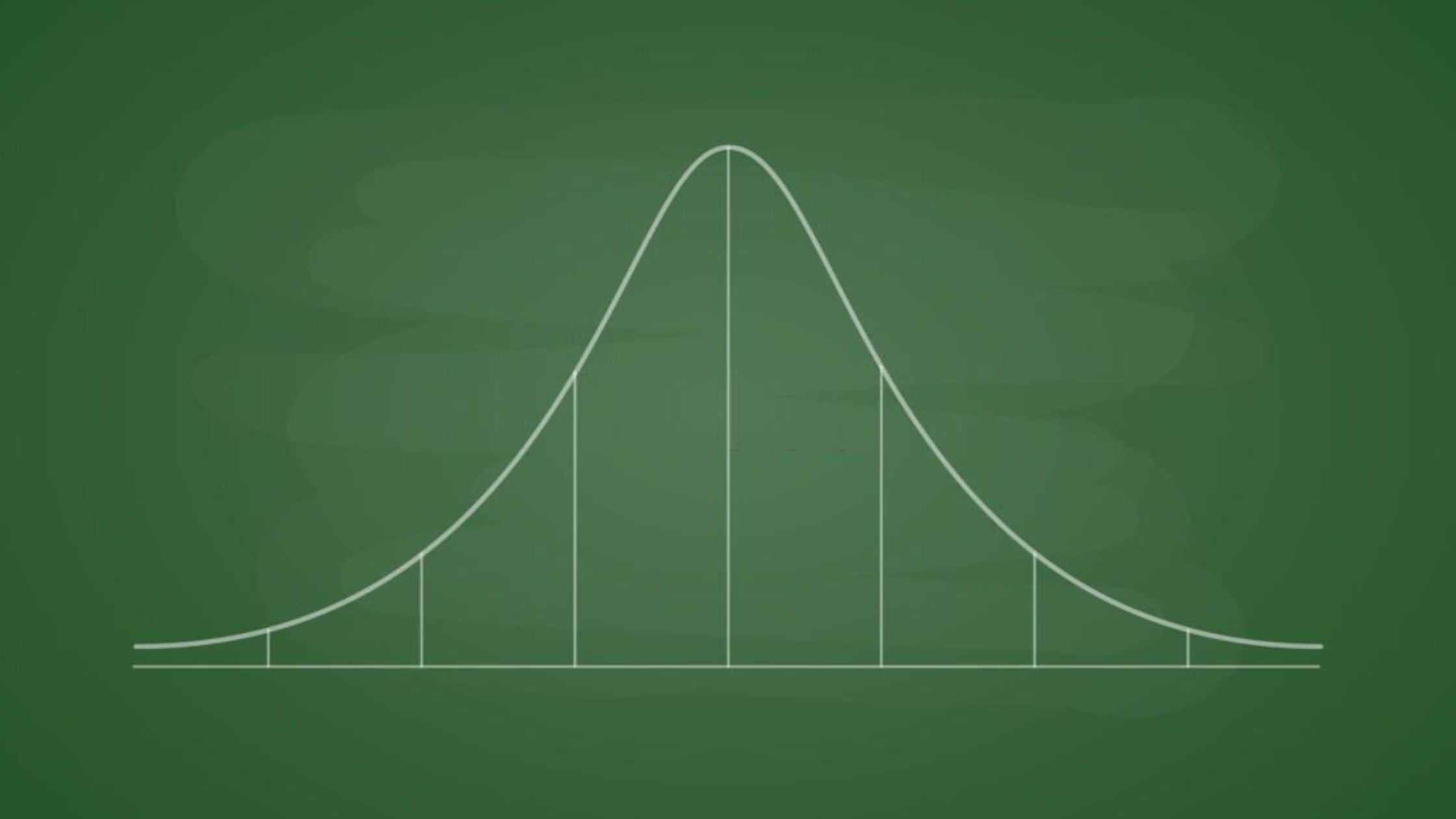
Relative Measures of Dispersion: Types And Definitions, According To Six Sigma

Data variability is an essential aspect of statistical analysis, allowing us to understand the spread and distribution of a dataset. When analyzing data, it’s crucial to consider relative measures of dispersion, which provide valuable insights into the relative variability within a dataset. In the context of Six Sigma methodology, understanding and applying these measures can help organizations identify and reduce process variation, leading to improved quality and efficiency.
In this article, we will explore the different types of relative measures of dispersion according to Six Sigma and provide comprehensive definitions for each measure. Whether you’re a Six Sigma practitioner, a data analyst, or simply interested in understanding statistical measures, this guide will equip you with the knowledge to effectively analyze data variability and make informed decisions.
What are Relative Measures of Dispersion?
Relative measures of dispersion, also known as coefficients of dispersion, are statistical measures that express the amount of variation or spread within a dataset relative to the mean or average value. These measures allow us to compare the variability of different datasets or subsets of data, making them useful for analyzing and comparing data distributions.
Relative measures of dispersion provide standardized values that can be easily interpreted and compared across different datasets, regardless of their scales or units of measurement. By considering relative measures of dispersion, we can gain insights into the consistency, reliability, and predictability of a dataset, helping us make data-driven decisions.
Types of Relative Measures of Dispersion
Let’s explore some common types of relative measures of dispersion used in Six Sigma methodology:
- Coefficient of Variation (CV): The coefficient of variation is a relative measure that expresses the standard deviation as a percentage of the mean. It is particularly useful when comparing the variability of datasets with different units of measurement or scales. A lower CV indicates lower relative variability and greater consistency.
- Relative Range (RR): The relative range compares the range, which is the difference between the maximum and minimum values, to the mean. It provides a measure of relative dispersion and is useful for comparing datasets with similar units of measurement.
- Relative Standard Deviation (RSD): The relative standard deviation, also known as the coefficient of variation, expresses the standard deviation as a percentage of the mean. It is similar to the coefficient of variation and provides a measure of relative variability.
- Relative Mean Deviation (RMD): The relative mean deviation compares the mean absolute deviation, which is the average of the absolute differences between each data point and the mean, to the mean itself. It is useful for assessing the relative dispersion of datasets with similar units of measurement.
Definitions and Applications
Now, let’s dive into the definitions and applications of each relative measure of dispersion:
Coefficient of Variation (CV)
The coefficient of variation is calculated by dividing the standard deviation of a dataset by its mean and multiplying the result by 100 to express it as a percentage. The formula for CV is:
CV = (Standard Deviation / Mean) * 100
The coefficient of variation is widely used in various fields, including finance, economics, engineering, and quality management. It is particularly valuable when comparing the variability of different datasets with distinct units of measurement or scales. A lower CV indicates lower relative variability, suggesting greater consistency and predictability within the dataset.
Assumptions We Can Base On Coefficient Of Variance
Let’s discuss the process and method that can be used to draw an inference. The coefficient of variation can be used to evaluate and examine the variability of multiple groups or sets of information. The group that possesses the larger coefficient of variation suggests that perhaps it is more changeable, less steady, less uniform, less constant, or less equal.
The smaller the coefficient of variation, the less changeable, steady, regular, reliable, or homogenous the group becomes. A coefficient of variation is calculated using the following formula: sample standard deviation / sample mean x 100.
Let’s try and make a simple example for this information that will start with two companies, let’s call them Company 1 and Company 2. Company 1 and Company 2 have hired 476 & 524 employees, respectively. Company 1 and Company 2 workers get a median weekly income of 34.5 USD and 28.5 USD, correspondingly. For Company 1 and Company 2, the standard deviation in individual wages was 5 USD and 4.5 USD, accordingly.
The questions that we should be able to answer now would be “Which company spends a bigger amount for their average weekly salaries?” and “Which company has a more significant variability when it comes to paying each singular wage?”.
Relative Range (RR)
The relative range compares the range of a dataset, which is the difference between the maximum and minimum values, to the mean. It is calculated using the following formula:
RR = (Range / Mean)
The relative range provides insights into the relative dispersion within a dataset. It is useful for comparing datasets with similar units of measurement and identifying variations between them. A lower relative range suggests lower relative dispersion and greater consistency.
Relative Standard Deviation (RSD)
The relative standard deviation, also known as the coefficient of variation, is similar to the coefficient of variation. It is calculated by dividing the standard deviation of a dataset by its mean and multiplying the result by 100. The formula for RSD is:
RSD = (Standard Deviation / Mean) * 100
The relative standard deviation provides a measure of relative variability within a dataset. It is particularly useful when comparing datasets with different units of measurement or scales. A lower RSD indicates lower relative variability and greater consistency.
Relative Mean Deviation (RMD)
The relative mean deviation compares the mean absolute deviation, which is the average of the absolute differences between each data point and the mean, to the mean itself. It is calculated using the following formula:
RMD = (Mean Absolute Deviation / Mean)
The relative mean deviation is helpful in assessing the relative dispersion within a dataset. It is suitable for comparing datasets with similar units of measurement and understanding the consistency or variability in their values. A lower relative mean deviation suggests lower relative dispersion and greater consistency.
Sign-up for a 7-day free trial! Try the first two modules of Brain Sensei’s story-based PMP and CAPM Exam Prep courses and a mini practice exam and see how it all works
Conclusion
Relative measures of dispersion play a crucial role in statistical analysis, allowing us to understand the variability and spread within datasets. By using coefficients such as the coefficient of variation, relative range, relative standard deviation, and relative mean deviation, we can compare and interpret the relative dispersion of different datasets or subsets of data. In the context of Six Sigma methodology, these measures help organizations identify process variations, improve quality, and enhance overall performance.
Understanding and applying relative measures of dispersion is essential for data analysts, quality managers, and anyone involved in statistical analysis. By utilizing these measures, you can gain valuable insights into data variability, make informed decisions, and drive continuous improvement.
Have you led projects and are looking to earn a project management certification? You might be interested in learning about how lucrative this can be. Check out these articles.
13 PMP Benefits Once You Get The PMP Certification
No experience leading projects but still want to get into project management? No problem! Check out these articles.
CAPM Certification Eligibility
What is a Certified Project Manager; How do I get PM Certifications


